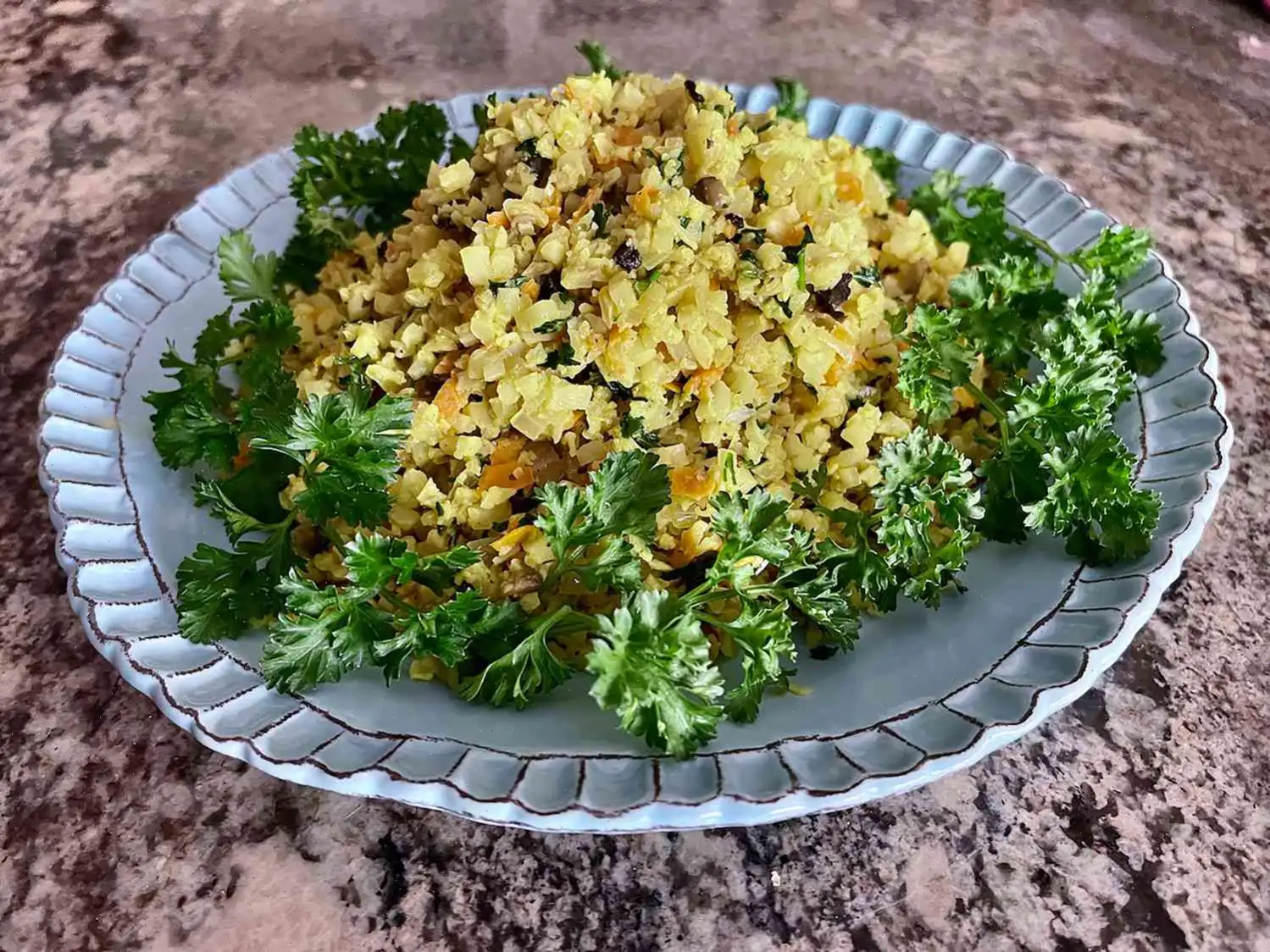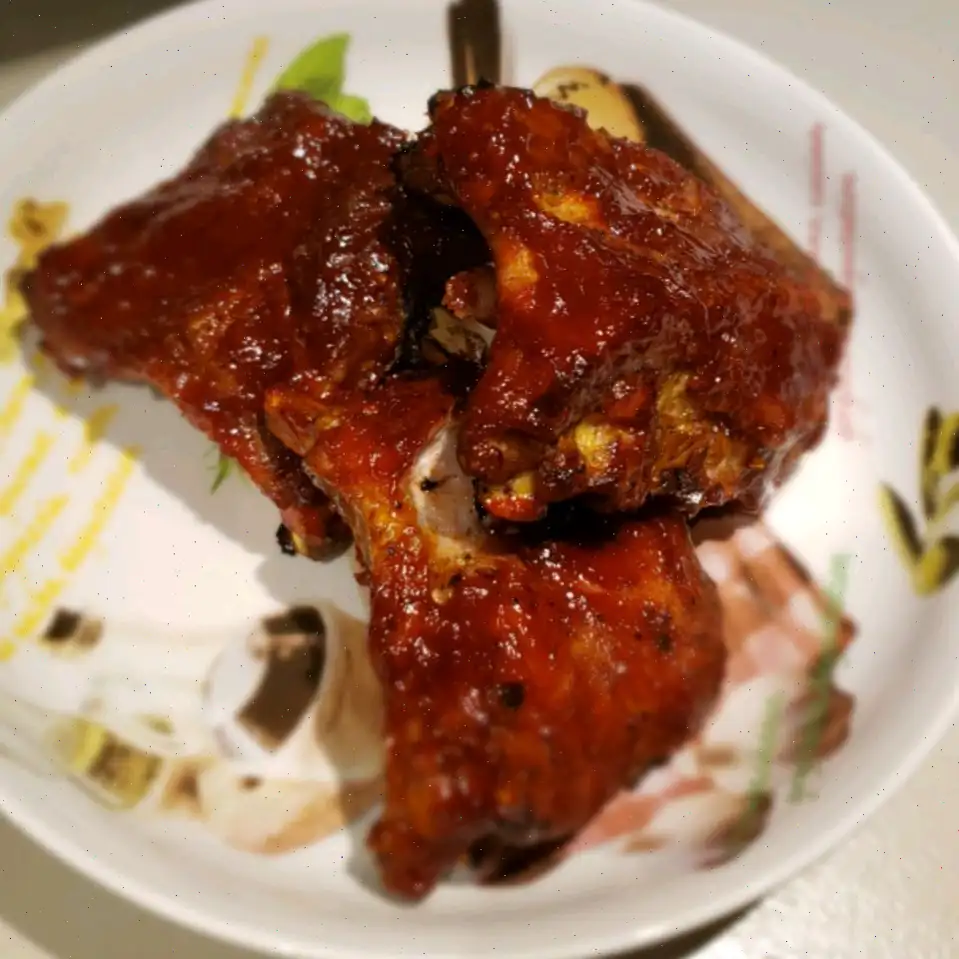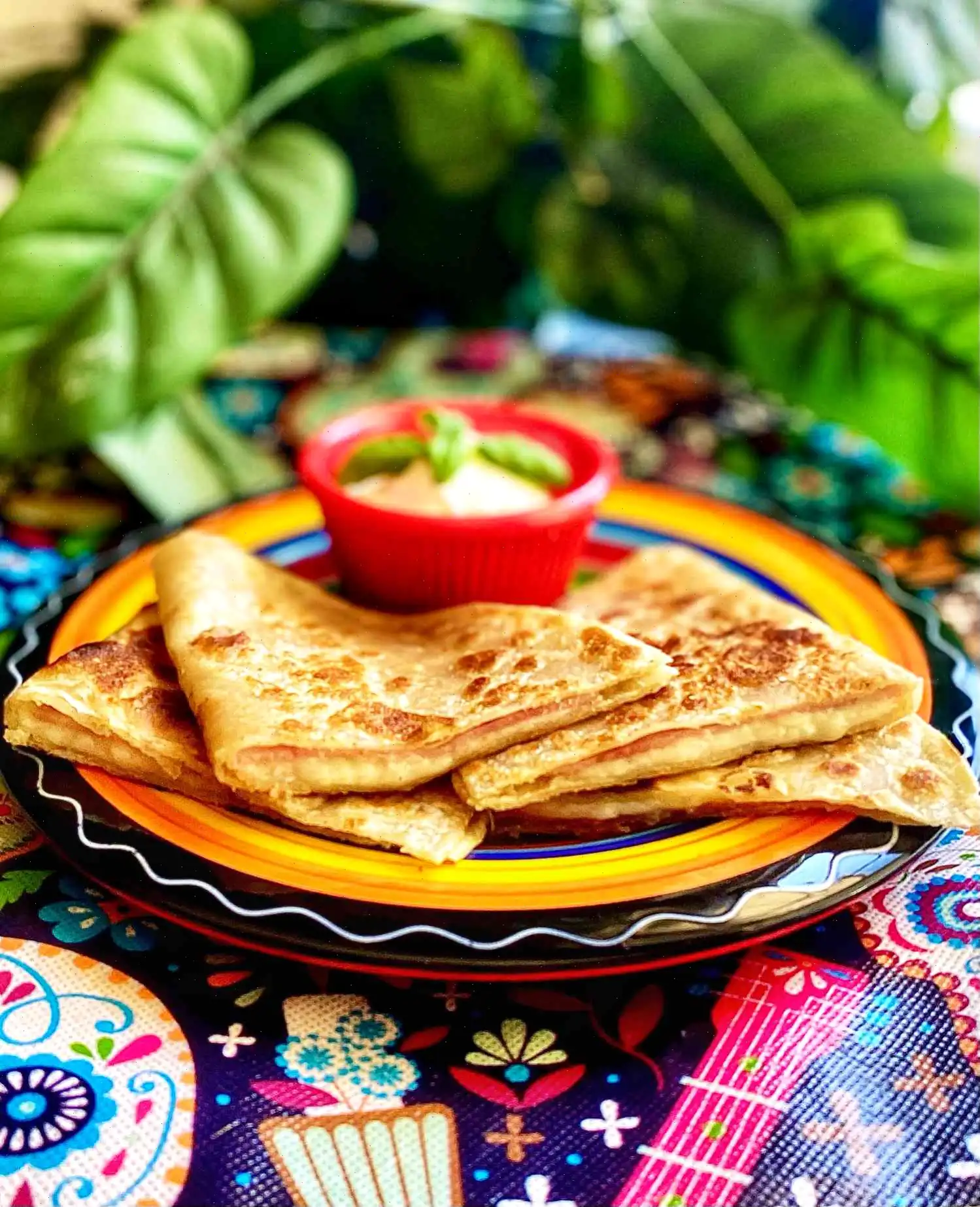
Fried Rice with Yum Yum Sauce Recipe
Save to MyRecipes Tap "Save" to keep this recipe in MyRecipes, your new and upgraded digital recipe box for Allrecipes!
Ingredients
This recipe was developed at its original yield. Ingredient amounts are automatically adjusted, but cooking times and steps remain unchanged. Note that not all recipes scale perfectly.
Original recipe (1X) yields 4 servings:
- 4 teaspoons canola oil, divided
- 4 large eggs, lightly beaten
- 2/3 cup chopped carrots
- 1/4 teaspoon salt
- 1/4 teaspoon black pepper
- 1 cup frozen peas
- 1 cup sliced green onions, plus more for garnish
- 3 cloves garlic, minced
- 4 cups chilled cooked rice
- 1/4 cup less-sodium soy sauce, or to taste
- Yum yum sauce, to taste (see footnote)
- Chili crisp, for serving
- Chopped fresh cilantro, for garnish
- 4 large fried eggs (optional)
Directions
Step 1: Heat a wok or large skillet over high heat. Add 1 teaspoon oil. Once hot, cook the beaten eggs in the oil, gently folding occasionally with a spatula, until the eggs reach your desired consistency (about 2 minutes). Transfer the scrambled eggs to a plate and set aside. Remove the wok from heat and carefully wipe it clean.
Step 2: Return the wok to high heat and add the remaining 3 teaspoons of oil. Add chopped carrots, salt, and pepper, cooking while stirring constantly for 2 minutes.
Step 3: Stir in the frozen peas and green onions. Continue cooking for 1 to 2 minutes, until the peas are heated through.
Step 4: Reduce heat to medium, then add minced garlic and cook for about 30 seconds, until fragrant.
Step 5: Add the chilled rice, scrambled eggs, and soy sauce to the wok. Stir constantly and cook for 2 to 3 minutes, until everything is heated through.
Step 6: Top each serving with yum yum sauce. Serve with chili crisp and garnish with additional green onions and/or fresh cilantro. Optionally, top each serving with a fried egg for extra richness.
Yum Yum Sauce
In a small bowl, stir together 1/4 cup mayonnaise and 1/4 cup sweet chile sauce. Chill, covered, until ready to use, or up to 4 days. Makes 1/2 cup.
Nutrition Facts (per serving)
- Calories: 396
- Total Fat: 11g (14% Daily Value)
- Saturated Fat: 2g (11% Daily Value)
- Cholesterol: 187mg (62% Daily Value)
- Sodium: 991mg (43% Daily Value)
- Total Carbohydrate: 59g (21% Daily Value)
- Dietary Fiber: 5g (17% Daily Value)
- Total Sugars: 5g
- Protein: 15g (31% Daily Value)
- Vitamin C: 11mg (13% Daily Value)
- Calcium: 98mg (8% Daily Value)
- Iron: 4mg (24% Daily Value)
- Potassium: 479mg (10% Daily Value)
* Percent Daily Values are based on a 2,000 calorie diet. Your daily values may be higher or lower depending on your calorie needs.
The Story Behind Fried Rice with Yum Yum Sauce
Fried rice has a long and diverse history, originating in China over a thousand years ago as a practical way to use leftover rice. What began as a simple household dish evolved across Asia, absorbing regional flavors and ingredients. The addition of Yum Yum Saucea creamy, slightly sweet condimentlikely emerged in Japanese-American hibachi-style cooking in the mid-20th century, where chefs experimented with sauces to complement grilled dishes. This combination of stir-fried rice and tangy, flavorful sauce quickly gained popularity in the United States, particularly in teppanyaki restaurants.
Regional Variations and Unique Features
While classic Chinese fried rice typically emphasizes soy sauce, sesame oil, and a mix of vegetables or meats, the version paired with Yum Yum Sauce reflects a fusion style common in Japanese-American cuisine. The rice is lightly crisped, vegetables are kept tender, and the sauce adds a rich, slightly tangy layer that balances the savory notes. Some variations may include seafood, chicken, or tofu, adapting the dish to local tastes. In southern U.S. regions, you might even find spicy versions, where chili crisp or Sriracha is incorporated.
How It Differs from Similar Dishes
Unlike traditional Asian fried rice, which relies on soy sauce for flavor, this dish stands out because of its signature Yum Yum Sauce topping. It differs from plain fried rice in texture as well; using chilled long-grain rice allows each grain to fry separately, creating a light, non-sticky consistency. The sauce adds a creamy dimension that distinguishes it from other fried rice variations like Thai pineapple fried rice or Indonesian nasi goreng, both of which lean heavily on sweetness and spice rather than a tangy mayonnaise-based sauce.
Where It Is Typically Served
Fried rice with Yum Yum Sauce is most commonly found in Japanese hibachi or teppanyaki restaurants across the U.S., served as a side or main dish alongside grilled meats and seafood. It is also popular in casual dining and home cooking, often prepared as a quick, flavorful weeknight meal. Presentation is key: garnished with green onions, cilantro, or a fried egg on top, the dish is as visually appealing as it is tasty.
Interesting Facts
- Yum Yum Sauce is sometimes called White Sauce in hibachi restaurants and has a cult following for its versatility with grilled meats, seafood, and vegetables.
- The dish exemplifies culinary fusion, blending traditional Asian stir-fry techniques with Western-style sauces.
- Using leftover rice is not only traditional but essential for achieving the ideal texturefreshly cooked rice tends to clump and prevents crisping.
- Many home cooks and chefs experiment with adding additional toppings like bacon, mushrooms, or different herbs to create unique flavor profiles.
- The popularity of this dish highlights how immigrant communities adapted recipes to American tastes, leading to iconic restaurant-style versions that are now widely recognized and replicated at home.
You can listen to this recipe in AI audio format. Simply click the play button below to listen to the content in a format that suits you best. It’s a great way to absorb information on the go!
FAQ about Fried Rice with Yum Yum Sauce Recipe
Comments
Kevin Green
05/15/2025 12:01:05 AM
Fast and convenient. I diced up some leftover cooked chicken and tossed it in.
George Hill
02/23/2025 09:08:02 PM
Delicious








